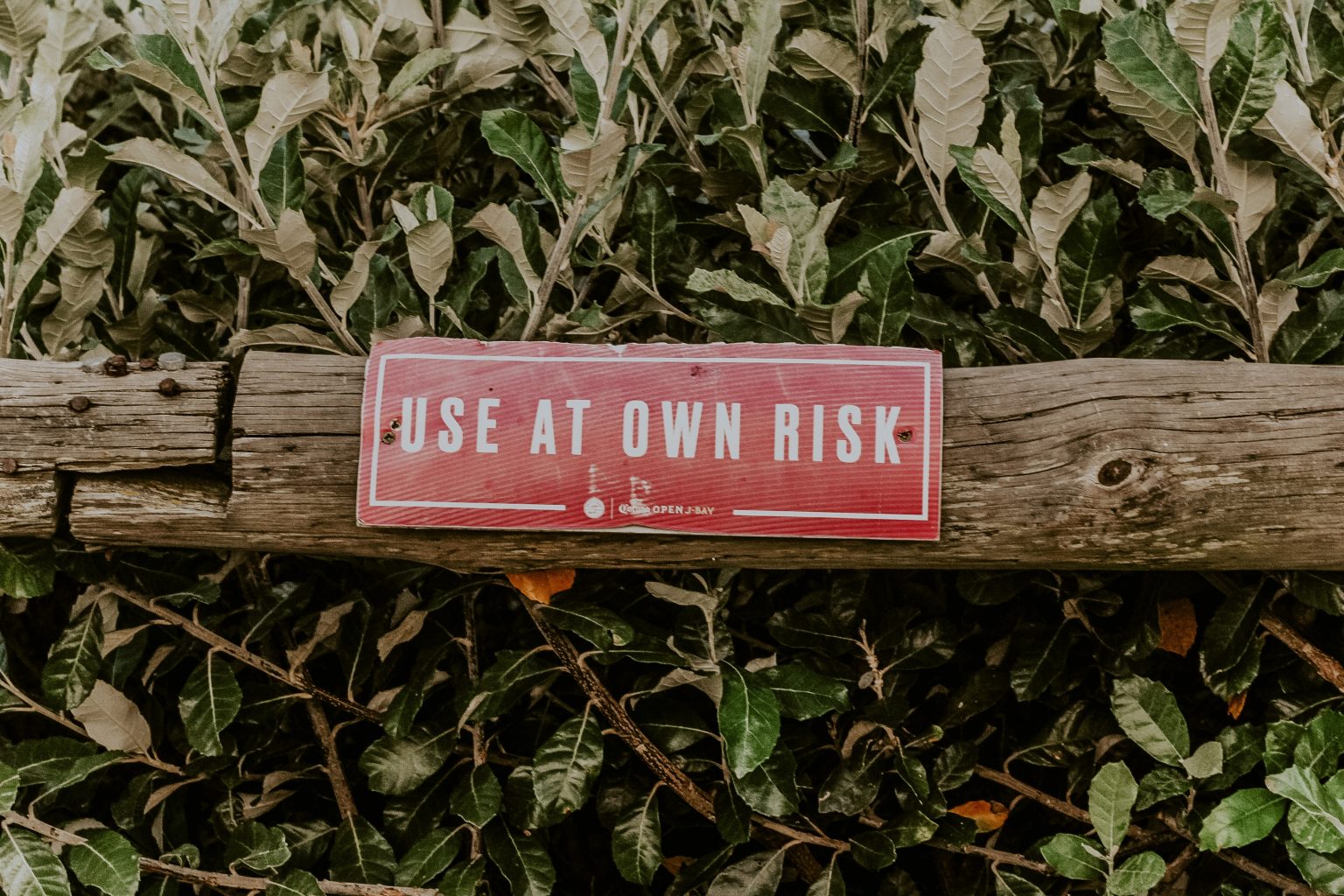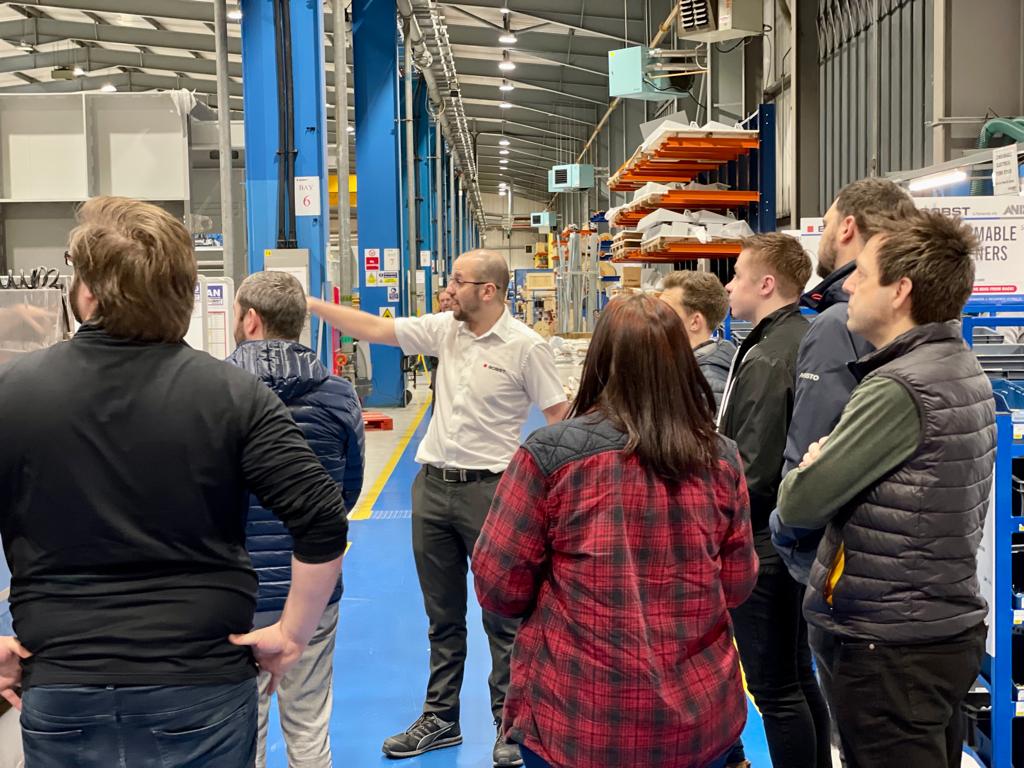The manufacturing industry is one of the most important sectors to the UK economy and its significance is growing. It is also one of the most complex, with a variety of risks that can threaten the viability of a business. Effective risk management is crucial for manufacturers, an can help mitigate these threats and ensure the long-term success of the business. This article will provide an overview of the key risks faced by manufacturers and the importance of effective risk management in mitigating these threats.
What are the Key Risks in Manufacturing?
Internal risks are those that are within the control of the company, such as operational risks, financial risks, and reputational risks. External risks, on the other hand, are those that are outside the control of the company, such as supply chain disruptions, geopolitical risks, and natural disasters.
What are the Key Internal Risks Facing Manufacturing?
- Operational risks are perhaps the most common risks faced by manufacturers. These risks include equipment failures, production delays, quality control issues labour shortage challenges.
- Financial risks include fluctuations in currency exchange rates, interest rates, and commodity prices, which can impact profitability.
- Reputational risks can arise from product recalls, safety concerns, or environmental incidents, and can damage a company’s brand and reputation.
What are the Key External Risks Facing Manufacturing?
- Supply chain disruptions can result from pandemics, natural disasters, transportation disruptions, or supplier bankruptcy.
- Geopolitical risks such as trade wars, sanctions, and political instability can impact access to markets and supply chains.
- Natural disasters such as hurricanes, earthquakes, and floods can disrupt production and supply chains.
 Recently on the back of Brexit, Covid 19 and war in the Ukraine we have been experiencing a near perfect storm; supply chain disruption, skill and labour shortages, severe production cost inflation, extended lead times and on-going economic uncertainties not to mention the cost-of-living crisis.
Recently on the back of Brexit, Covid 19 and war in the Ukraine we have been experiencing a near perfect storm; supply chain disruption, skill and labour shortages, severe production cost inflation, extended lead times and on-going economic uncertainties not to mention the cost-of-living crisis.
How Can Manufacturers Approach Risk Management Effectively?
Effective risk management is essential for manufacturers to mitigate these threats and ensure the long-term success of the business. It should also be collaborative and approached as a team effort, as teams that go through adversity together often build stronger bonds are far more successful as a result.
Manufacturing risk management should be a continuous process that involves identifying, assessing, and mitigating risks. The following are some key steps in effective risk management:
- Identify Risks: Manufacturers should conduct a thorough risk assessment to identify all potential risks. This assessment should include both internal and external risks and should involve all stakeholders in the company.
- Assess Risks: Once risks have been identified, they should be assessed in terms of their likelihood and potential impact on the company. This assessment should be based on data and analysis, rather than speculation or guesswork.
- Mitigate Risks: Once risks have been assessed, manufacturers should develop strategies to mitigate these risks. This may involve implementing new processes or systems, diversifying supply chains or markets, implementing new safety or environmental procedures or developing new sales and marketing approaches.
- Monitor and Review: Risk management is an ongoing process, and manufacturers should continuously monitor and review their risk management strategies. This will allow them to identify new risks as they arise and adjust their strategies accordingly.
- For more complex risks, Scenario planning is a strategy that can help businesses anticipate or mitigate threats and uncertainties by thinking through different scenarios and their potential impact on the business. It involves creating different ‘what if’ scenarios and following them through to their logical end to understand the potential impacts. You then develop an action plan to address these scenarios, allowing you to respond or adapt quickly for competitive advantage.
Opportunity Lies on the Other Side of Risk
Business risks can be scary, but they can also present opportunities for growth, innovation, and competitive advantage. Here are the top 3 ways to turn a business risk into a business opportunity:
- Embrace Change: Instead of being afraid of change, embrace it. When a risk arises, assess the situation, and look for ways to adapt and evolve. This can lead to new and improved products, services, or processes that can give your business a competitive edge.
- Collaborate: Seek out partnerships with other businesses or experts in the field to help mitigate the risk. Collaborating with others can bring new perspectives and ideas that can help turn a risk into an opportunity.
- Innovate: Take the risk and be innovative. Look for ways to pivot your business model or explore new markets. This can lead to discovering untapped opportunities and expanding your customer base.
By embracing change, collaborating with others, and being innovative, businesses can turn risks into opportunities and come out stronger on the other side.
Manufacturing Risk Management Conclusion
Effective manufacturing risk management is crucial for manufacturers to mitigate the numerous threats that can impact their business. By identifying, assessing, and mitigating risks, manufacturers can ensure the long-term success of their company. While it may be impossible to eliminate all risks, effective risk management will help manufacturers prepare for expected or unexpected events and ensure that their organisation is resilient and change-ready in the face of adversity.
This post was written by Simon Carin, an accomplished facilitator and mentor with the Manufacturers’ Alliance. During Simon’s 20 years as an MD, the businesses and people he led consistently delivered profitable growth ahead of the market. Top line growth that enhanced bottom line and ROI. If you would like Simon to support you in mitigating or reducing your manufacturing risks, you can request his one-on-one support via our coaching and mentoring offer here.

